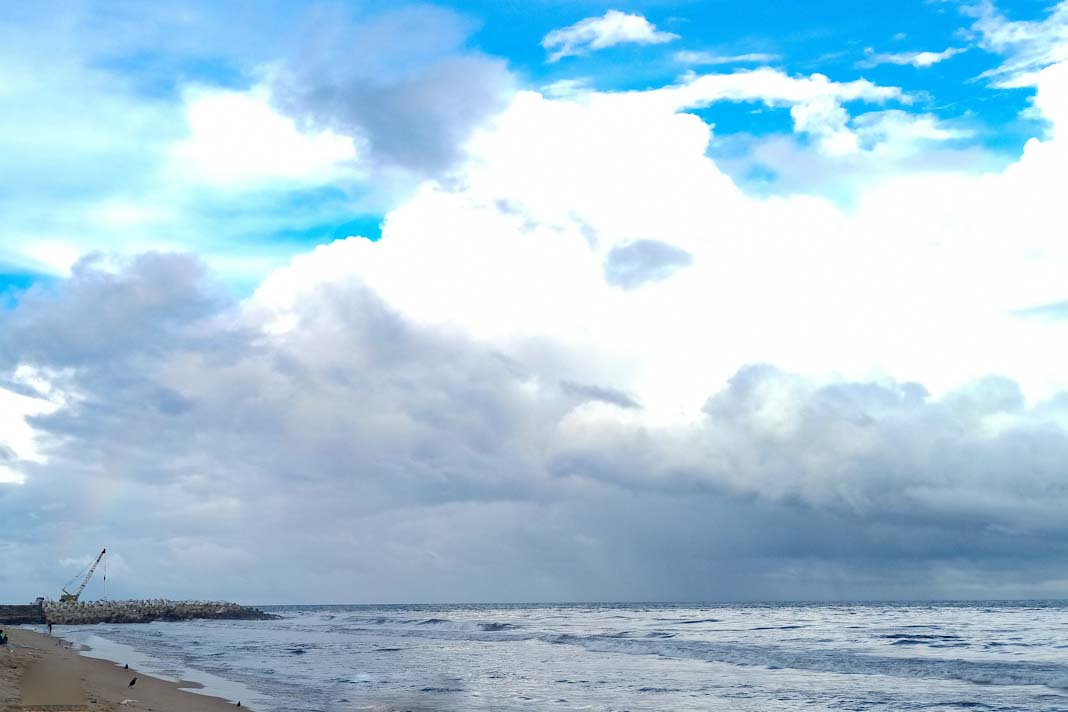- Wärtsilä offers a comprehensive three-step Decarbonisation Services program to help vessel owners reduce emissions and comply with the International Maritime Organization’s Carbon Intensity Indicator.
- The program includes data analysis, simulation of energy-saving technologies, and tailored advice to ensure optimal decarbonisation strategies.
The maritime industry faces increasing pressure to reduce emissions and comply with stringent environmental regulations. Wärtsilä’s Decarbonisation Services provide vessel owners with a clear, data-driven approach to developing and implementing effective decarbonisation strategies. This service focuses on three critical steps: analysing current performance, simulating potential improvements, and providing tailored advice for optimal results.
Step 1: Analyse
The first step in Wärtsilä’s Decarbonisation Services involves gathering and analysing several years of data from various sources, such as vessel operational profiles, technical characteristics, and fuel consumption reports. This comprehensive data collection allows for a detailed understanding of the vessel’s current performance and predicts how its emission performance will degrade over time.
“Data and digitalisation are enabling a completely new engineering approach,” explains Giulio Tirelli, Director of Business Development at Wärtsilä Marine. “We use machine learning techniques to process this data and build a complete picture of the vessel’s state.”
Step 2: Simulate
Once sufficient data is collected, experts create a digital twin of the vessel—a virtual model that mirrors its physical counterpart. This digital twin simulates the effects of different energy-saving technologies and combinations thereof. Technologies that can be simulated include shaft generators, hull air lubrication systems, rotor sails, hybrid solutions, shore connections, and third-party solutions like hull paint.
An example of this approach is Wärtsilä’s work with Carnival Corporation on the Regal Princess. By using three years of operational data, the team could simulate various technologies’ effects and identify the best decarbonisation strategies.
Step 3: Advise
The final step is determining which measures are technically and economically feasible. This involves considering factors such as the vessel’s dry docking schedule, installation costs, and the vessel’s age. With this information, vessel owners receive data-driven advice on the optimal investments and timing for their decarbonisation efforts.
“As a vessel owner, you get clarity with data-led advice that helps you to determine not only which investments make sense but also the optimal time to make them,” says Tirelli.
Benefits of Decarbonisation Services
Wärtsilä’s Decarbonisation Services offer numerous benefits, including minimising investment risks and ensuring compliance with environmental regulations. By providing accurate predictions and performance guarantees, the service supports vessel owners in securing financial and insurance backing. Additionally, Wärtsilä offers advice on necessary crew training for operating upgraded vessels and ongoing data collection for continuous improvement.
“Decarbonisation Services take the guesswork and uncertainty out of choosing the right solutions,” concludes Tirelli. “You get a clear plan of action based on solid data rather than static assumptions, allowing you to act quickly and in the most economically viable way.”
By following Wärtsilä’s three-step approach, vessel owners can develop a robust decarbonization strategy that ensures compliance and contributes to a more sustainable maritime industry.
Did you subscribe to our daily Newsletter?
It’s Free! Click here to Subscribe
Source: Wartsila






















